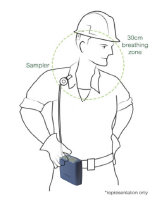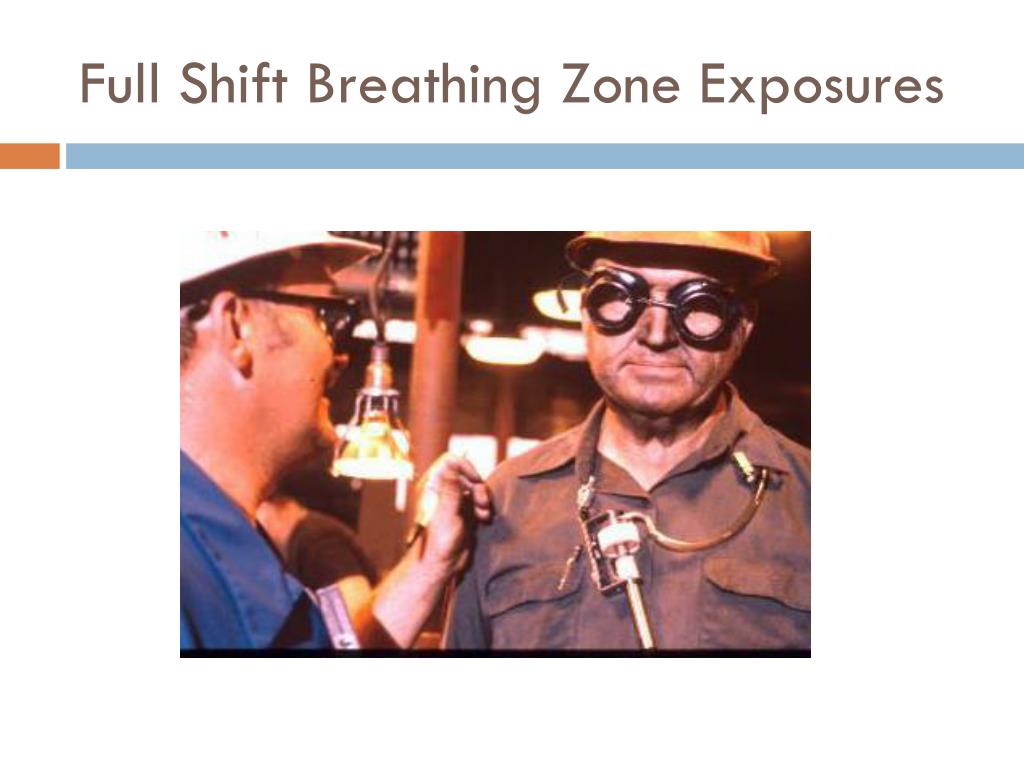

Some of the steps that the covered employers must take include: However, employers covered by either Federal OSHA or a State plan must comply with the methylene chloride and hazard communication standards when using this product. The Florida Highway Patrol is not required to comply with any OSHA rules because, as we stated in our reply to Question 1, it is not a covered employer under the Act. Question 4: Does our application of this product require compliance with any OSHA rules cited in the "Technology Bulletin"? If so, can you provide specific steps required to be taken? Also, if there is any doubt as to whether OSHA's 8-hour, time-weighted average exposure limit for methylene chloride (25 ppm) is exceeded, then this exposure should also be determined by conducting personal air sampling. 1Īir sampling could help to establish whether either the immediately dangerous to life or health (IDLH) level for methylene chloride of 5,000 ppm or OSHA's 15-minute short term exposure limit of 125 ppm is exceeded. Therefore, the actual air concentration of methylene chloride in a sprayed individual's breathing zone should be measured by sampling and analyzing the air within his or her breathing zone. Initially, the air concentration of methylene chloride at the point where the vaporization takes place is going to be much higher than, for example, the 3.25 ppm that reports for a 1-second burst of spray. That is, 3.25 parts per million (ppm) for a 1-second burst of spray, 9.75 ppm for a 3-second burst of spray, and 97.5 ppm for a 30-second burst of spray, are the concentrations of methylene chloride that would exist at every point in the room after the spray has completely diffused. provided you with the uniform air concentration values of methylene chloride that would be produced if were sprayed into an 800 cubic foot, unventilated, air-tight room. Reply: Please be aware that the air concentration levels of methylene chloride provided by are not indicative of the actual airborne exposure to methylene chloride that an individual sprayed with experiences. Question 3: s the amount of methylene chloride cited in the correspondence consistent with permissible exposure levels set by OSHA? Please refer to the introduction for OSHA's methylene chloride standard. Question 2: Does OSHA identify methylene chloride as a potential occupational carcinogen?

Since Florida Highway Patrol employees are employees of the State of Florida, they are not covered by OSHA requirements, including those in the Hazard Communication Standard. Twenty-six states and territories currently administer such plans, but Florida is not among them. Reply: No, because the Occupational Safety and Health Act of 1970 (the Act), which established OSHA, excludes states and political subdivisions of states from coverage, except in states which administer federally-approved state plans.

Question 1: Is the Florida Highway Patrol covered by the OSHA Hazard Communication Standard. Scenario 1: Florida Highway Patrol sprays its employees with methylene chloride-containing ASR () in training, prior to being issued this product for use during law enforcement activities. Our replies to your paraphrased questions and scenarios are provided below. This letter constitutes OSHA's interpretation only of the requirements discussed and may not be applicable to any question not delineated within your original correspondence. You have questions about an aerosol subject restraint (ASR) spray containing methylene chloride, identified as, that is manufactured by. Thank you for your February 21 letter to the Occupational Safety and Health Administration's (OSHA's) Directorate of Enforcement Programs. Title: - Determination of airborne concentrations of methylene chloride protection of employees covered by 1910.1052.

Determination of airborne concentrations of methylene chloride protection of employees covered by 1910.1052.


 0 kommentar(er)
0 kommentar(er)
